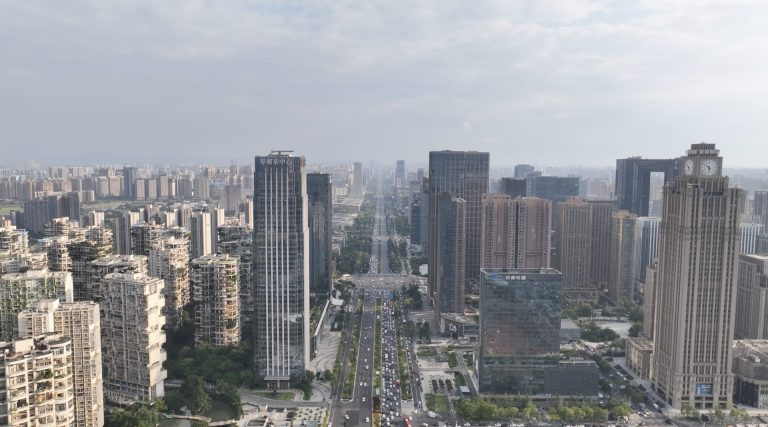Introduction: UAVs are rapidly becoming a critical asset in border and perimeter control, offering innovative solutions for surveillance, monitoring, and data collection. As technology advances, the applications of UAVs in this field are expanding, bringing new capabilities and efficiencies to border security operations.
UAV Selection for Border Control: Choosing the right UAV is pivotal for border control operations. It’s essential to consider factors such as endurance, payload capacity, range, and the ability to withstand harsh environmental conditions. UAVs should be equipped with advanced imaging capabilities, including high-resolution cameras, thermal sensors, and radar systems to enhance surveillance effectiveness.
Integration with Ground Operations: Seamless integration between UAV operations and ground control teams is crucial. Effective communication, clear protocols, and streamlined data sharing are necessary to maximize the value of UAV surveillance and respond promptly to threats.
Utilizing UTM for Efficient Planning: Unmanned Traffic Management (UTM) systems can save time in planning automated flights by considering factors like terrain, weather, restricted airspace, and potential threats. Algorithms that optimize flight paths and coverage areas based on risk assessments can further boost surveillance efficiency.
Advanced Data Analysis and Fusion: Most UAVs require advanced analytics for effective data processing. Leveraging in-house or third-party support to fuse data from various sources, including image recognition, computer vision, and AI-based algorithms, can help identify potential threats and enhance situational awareness.
Secure Communications: Ensuring secure and encrypted communication channels between UAVs and ground control systems is imperative to prevent unauthorized access and data breaches. This also maintains the integrity and confidentiality of sensitive information gathered.
Training and Skill Development: A comprehensive training program for security teams is essential, focusing on flight skills, situational awareness, threat recognition, and data interpretation. Continuous training and skill development ensure operators can effectively utilize technology and adapt to evolving security practices.
Maintenance and Redundancy: Implementing a sustainable maintenance and inspection regime ensures UAVs remain in optimal operating condition. Having backup UAVs and spare parts minimizes disruptions and maintains uninterrupted surveillance capabilities.
Legal and Regulatory Compliance: Compliance with airspace regulations, privacy protection requirements, and necessary permits or licenses for operating UAVs in designated areas is crucial. Special care must be taken in regions with strict data protection laws, such as GDPR in Europe.
Collaboration with Stakeholders: Collaborating with peers and neighbors can lead to joint monitoring operations, boosting efficiency and reducing costs. Working with police and security agencies can also provide valuable insights and support.
Continuous Evaluation and Adaptation: Evaluating the effectiveness of UAV-based monitoring operations and adapting strategies and technologies to address emerging challenges is essential. Continuous refinement of operational procedures is necessary to stay ahead of potential threats.
Warnings and Considerations: While UAVs offer many capabilities, they also present challenges. Complex environments, inclement weather, electronic warfare, and budget constraints can impact UAV operations. Supplementing UAV surveillance with ground-based systems and maintaining a healthy supply of spare parts and UAVs are prudent strategies.
Conclusion: UAVs are transforming border and perimeter control with their ability to provide real-time surveillance, data collection, and rapid response capabilities. By carefully selecting UAVs, integrating them with ground operations, ensuring secure communications, and continuously evaluating and adapting strategies, border security can be significantly enhanced. It is crucial to be aware of the challenges and take proactive measures to mitigate risks and maintain a robust border security posture.




